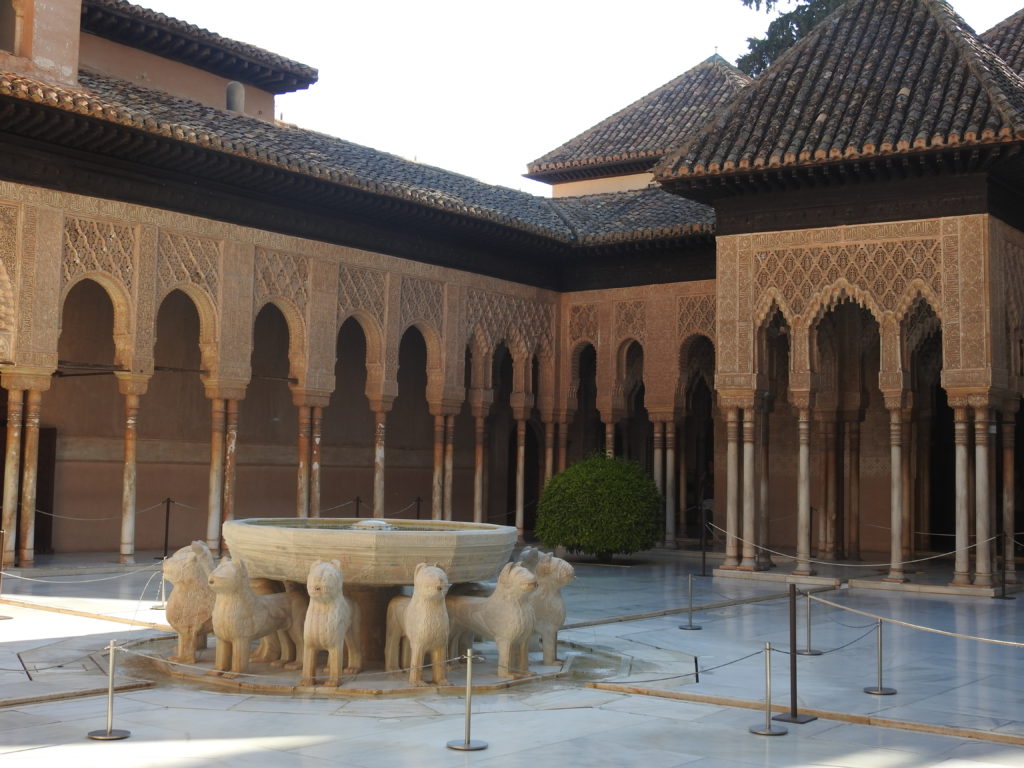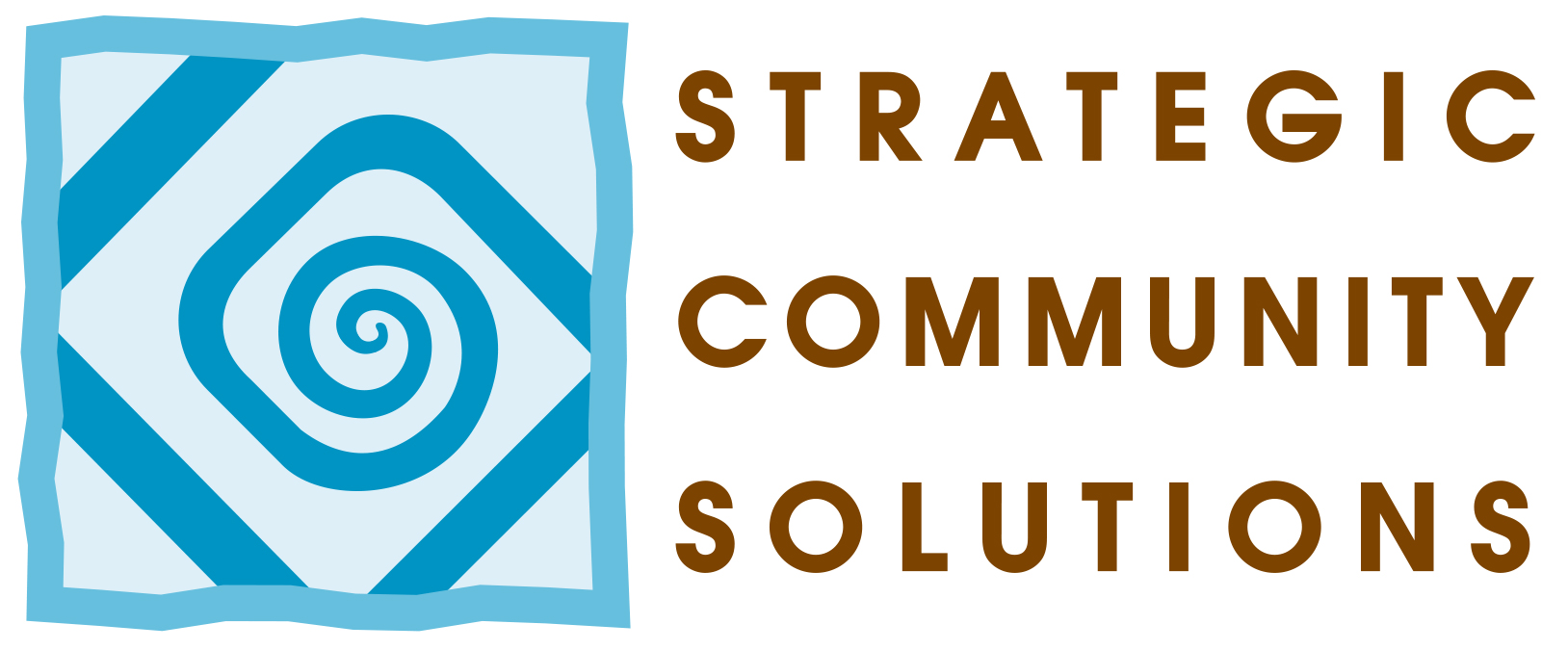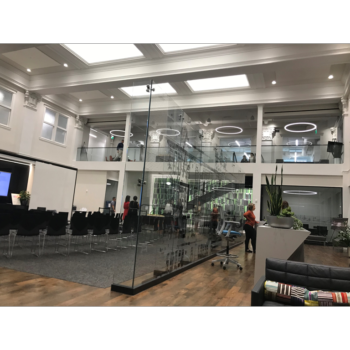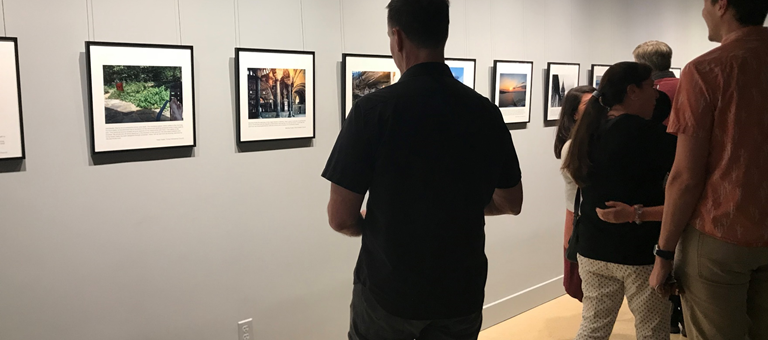
Sacred Spaces: A Sharing Through Photographs
- On October 19, 2019
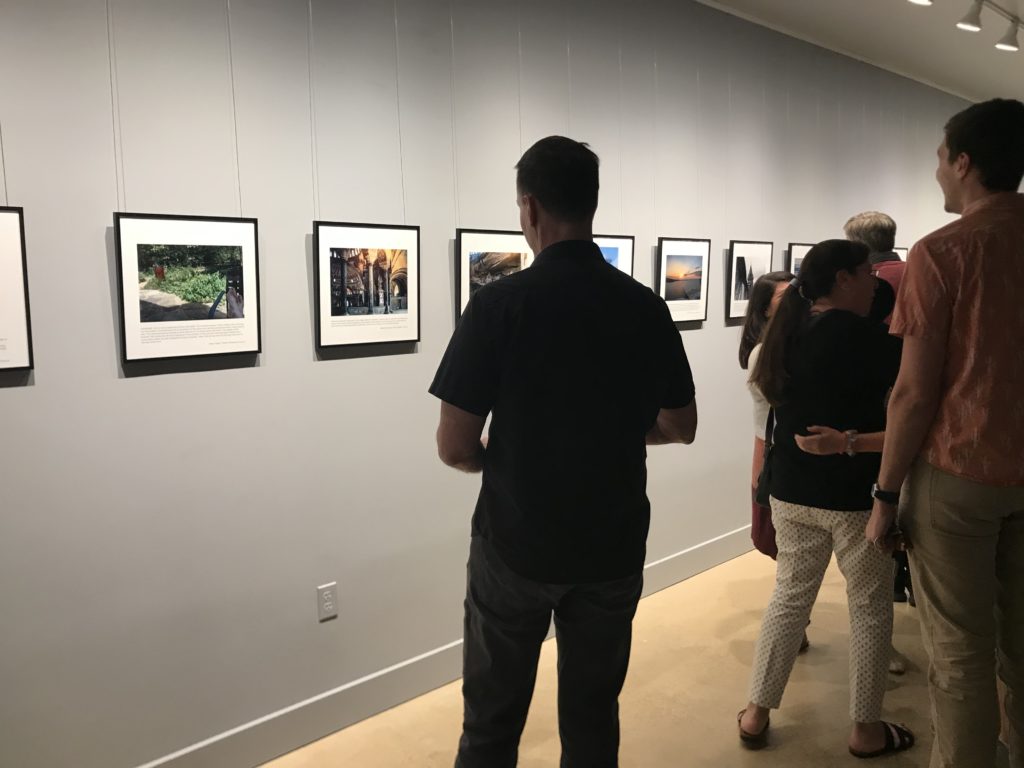
The Dallas Center for Photography has a small office and gallery in the Design District (what we used to call the Stemmons Industrial Corridor). While I’ve taken photographs almost my entire life, and have lived here for many years, I hadn’t had a chance to visit their space or take advantage of their classes. That is, until October 18, 2019. I heard about their Sacred Spaces exhibition and thought it would be interesting to go to its opening reception that evening.
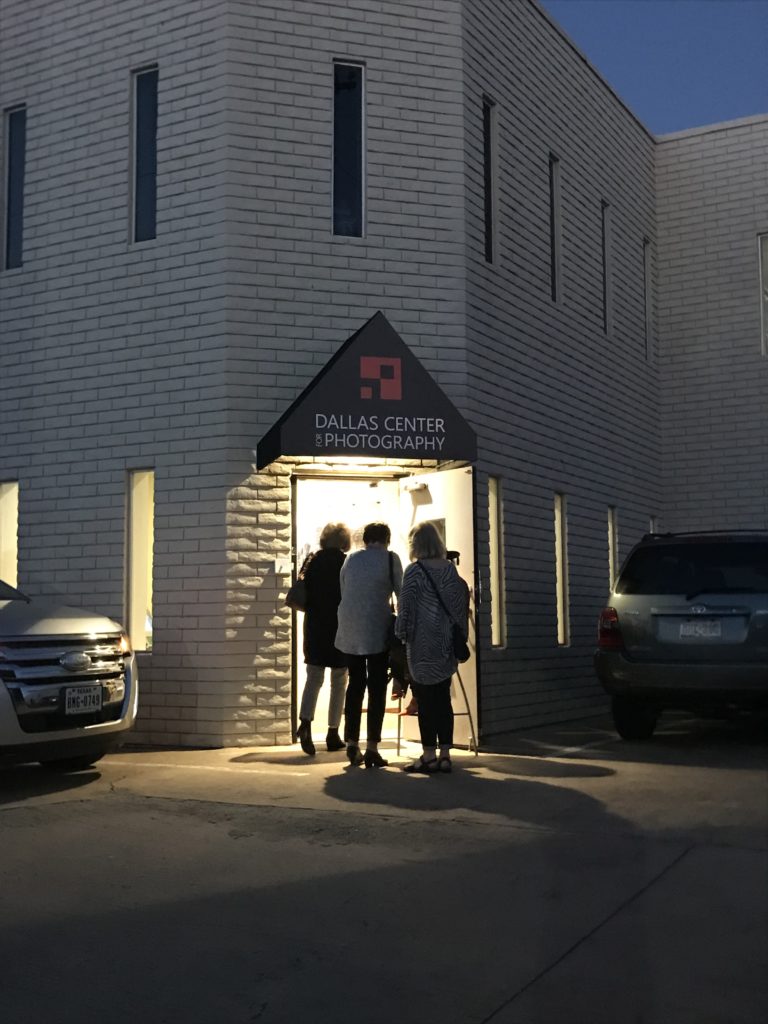
This is an intriguing exhibition. It was developed in conjunction with an organization called Friends for Good, which is a group of Dallas-area Jewish, Christian, Muslim and Unitarian congregations who meet together to talk and get to know one another. In this exhibition, participant photographers shared images of places that have a sacred meaning to the person taking the picture. Along with each image, a short explanation describes the way in which the place is sacred.
These were beautiful photographs, to start. The images and explanations clearly demonstrate how many places – in nature, in cities and in people’s homes – can have a sacred meaning. It emphasizes how closely tied the sacred space is to events or experiences that happen or happened there and the memories that are created as a result. Since many of the images depict places I’ve been, I could easily relate to their sacred and memorable character and the experiences shared by the photographers.
As planners, how do we design places that will create these important memories? And how do we value and preserve the natural or built locations that are sacred because of their past? When we work on plans for the future, we need to be sure our analysis of the existing conditions includes factual information that provides clues – things like historic designations or mapping of important environmental features. We also need to use our initial contacts with area residents and property owners to learn about the unwritten or traditional activities and experiences that occur in a place. Taking these into account can help our communities and our natural areas retain their history of sacred spaces and experiences. Building on the experiences and role of these sacred spaces can help us design new development that expands on the role of these memorable places, or that creates new sacred spaces to add new and memorable experiences for future generations.
